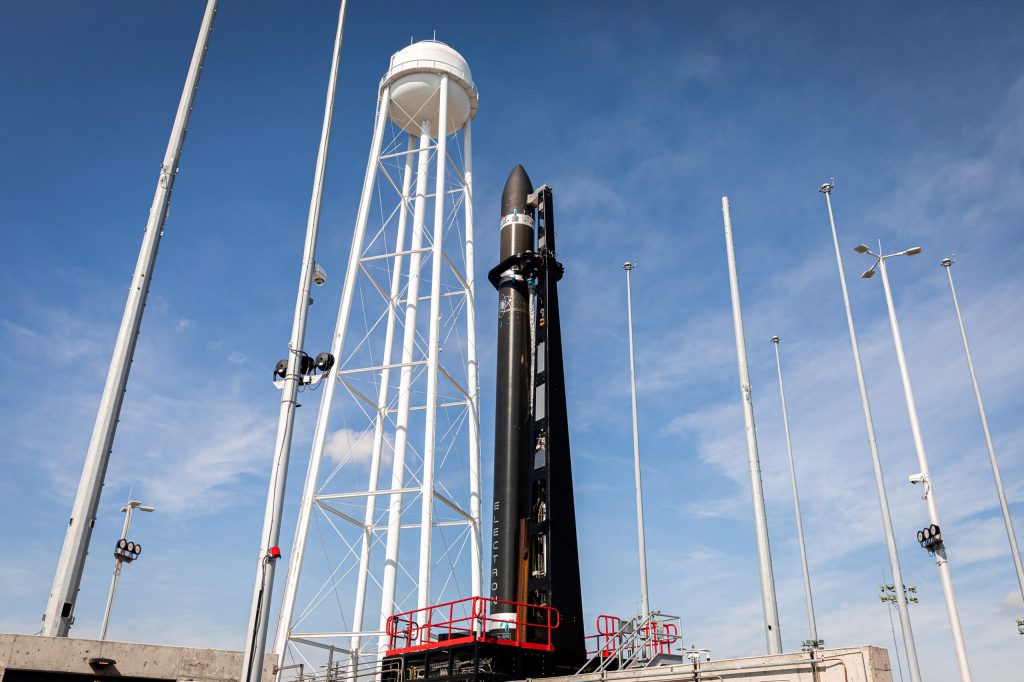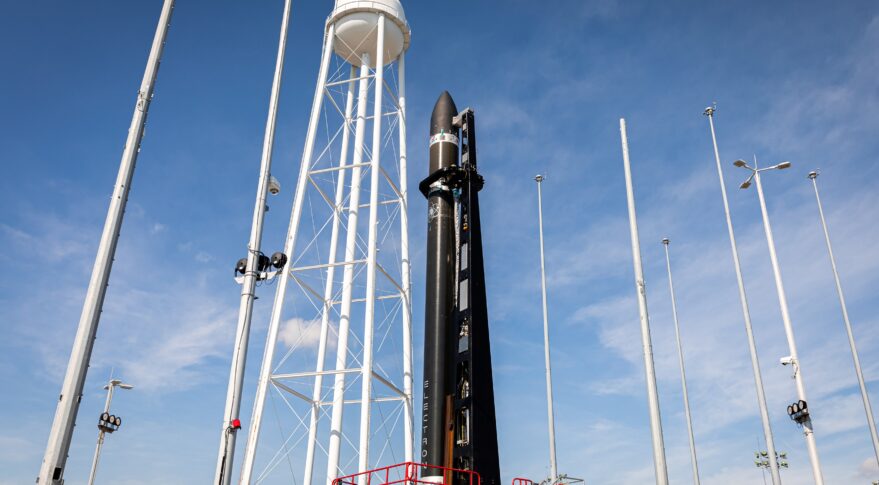
Congress gives DoD more money for space, with caveats (Image Credit: Space News)

WASHINGTON — The defense spending bill for fiscal year 2022 that Congress passed last week gives the Pentagon $728.5 billion — $32.5 billion more than was appropriated for 2021.
Military space programs got a big boost. Appropriators added nearly $1.3 billion for U.S. Space Force and Space Development Agency projects above what the Biden administration requested.
President Biden is expected to sign the $1.5 trillion federal spending bill before current funding expires on March 15. The government has been operating under continuing resolutions since the 2022 fiscal year started Oct. 1.
The $1.3 billion Congress added for military space funds technology development projects run by the Space Force, pays for an extra Global Positioning System satellite, increases spending on small launch services and Space Development Agency (SDA) missile-detecting satellites.
One of the largest items appropriators inserted into the budget is a $550 million demonstration of missile-tracking satellites to be developed by SDA for the U.S. Indo-Pacific military command.
“The threats are driving space spending,” said Peter Garretson, a space and defense consultant and senior fellow at the American Foreign Policy Council. China’s recent displays of advanced space technology have not gone unnoticed, and there are growing worries about Russian aggression, he said.
SDA is building a large mesh network of satellites in low Earth orbit to detect and track enemy missiles, and to move data around the globe. Increasing the agency’s budget is ”absolutely the right move at this point in time,” said Garretson. “I’m hoping that SDA with their multiple layers of satellites will really get the DoD back in the game of rapid innovation and technology development.”
Congressional concerns
The funding added to military space programs reflects concerns that defense appropriators have expressed for years, said Mike Tierney, industry analyst at the aerospace and defense consulting firm Velos.
Congress year after year has “hammered the Defense Department on making space a priority,” he said. With the increase in the 2022 bill, “they put their money where their mouth is.”
But the spending bill also includes language that is critical of DoD’s management of space programs and calls for the Space Force to incorporate cutting-edge commercial technologies into military systems, Tierney noted.
House appropriators, for example, had previously withheld funding for the Space Warfighting Analysis Center (SWAC), an organization created to design the military’s space architecture using digital models and simulations. The 2022 bill approved the $37 million DoD requested for SWAC but warns that “concerns persist that the analytical and decision-making process within the Space Force is overly complex and convoluted.”
In a report accompanying the defense spending bill, Congress asks for “clarification of the roles and responsibilities of senior civilian and uniformed leaders with space responsibilities” and for an explanation of what space acquisition units do, including the SWAC, Space Development Agency, Space Rapid Capabilities Office, and space programs in the Department of the Air Force Rapid Capabilities Office.
Congress also appears frustrated by the Space Force’s old-school approaches to buying new systems that don’t take advantage of commercial innovations in areas like communications, space domain awareness, and intelligence, surveillance, and reconnaissance.
DoD and the Space Force “have publicly championed a hybrid space architecture that includes a combination of government and commercial space vehicles and services,” the bill says, but the Space Force has been slow to prioritize commercial offerings in its architecture. Congress asks DoD to submit a “strategy to integrate commercial satellites across its mission sets.”
Big boost for small launch, missile defense
The 2022 military spending bill added $70 million for small launch services, including $20 million for the Rocket Launch Systems Program and $50 million inserted into a new program called Tactically Responsive Launch.
“This is a huge amount for small launch,” Tierney said. But it should not come as a surprise. Over the past several years there’s been a consistent drumbeat from Congress to get DoD to increase funding for small launch services, he said.
Companies in the small launch sector like Virgin Orbit and Rocket Lab have been pushing for more DoD support, arguing that DoD needs to maintain multiple commercial sources of launch services so it can respond during a crisis if, for example, U.S. satellites are damaged and new ones need to be deployed on short notice.
The $70 million increase could create momentum for small launch after “years and years of congressional actions,” he said.
On the $550 million added for SDA missile-tracking satellites, Tierney called it a major endorsement of the agency’s plan to use low Earth orbit satellites for critical military capabilities.
Initially the Senate had inserted $750 million for the Indo-Pacific demonstration but the House pushed back. That they ended up compromising on $550 million shows the impact of China’s hypersonic missile tests, said Tierney. “The Congress is giving them a huge amount of money to go prosecute a major priority national security mission.”








